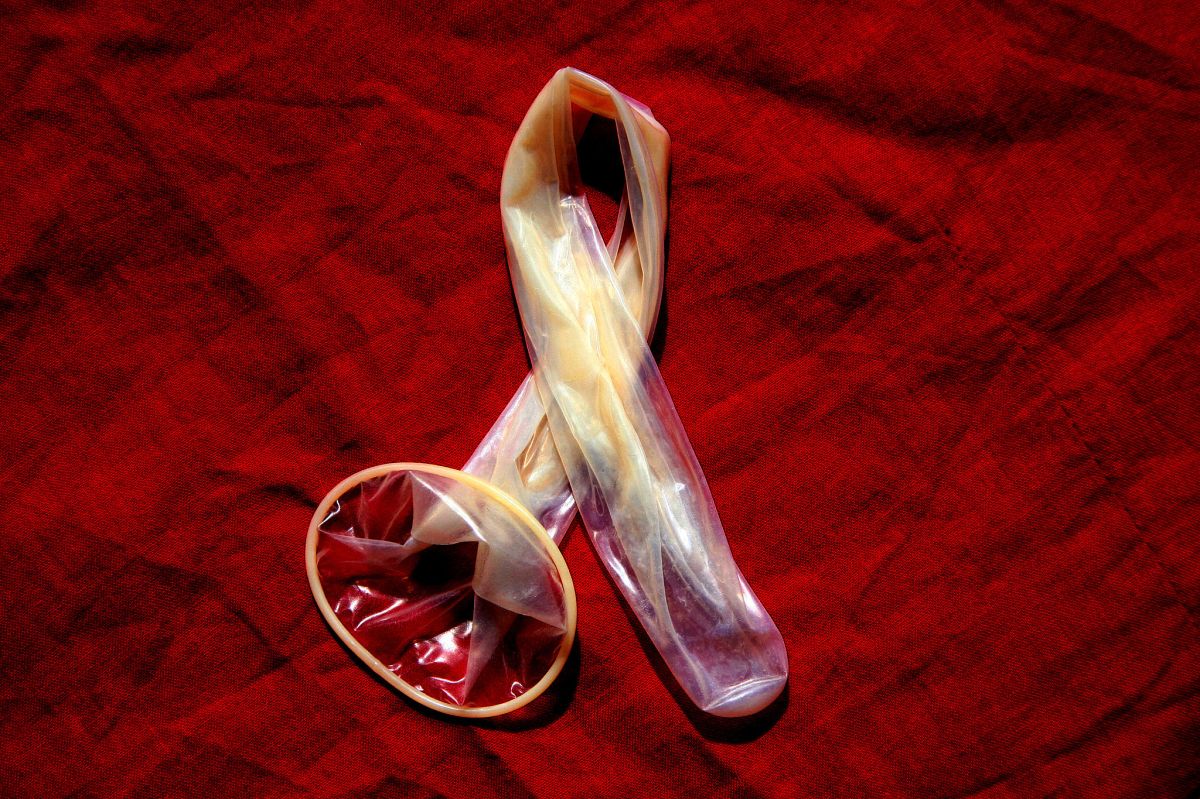Over 1.5 million people dated last week thanks to dating app Tinder, according to company stats.
It’s hard to say how many of them took it farther than first base, but public health officials say one thing is certain: dating apps are quickly becoming the primary way partners connect.
The rise of online dating has correlated with another more disturbing trend: STD rates are also very much on the rise in the U.S.
The total combined cases of chlamydia, gonorrhea and syphilis reported in 2015, the most recent year for which data are available, rose to the highest numbers ever in the U.S., according to the Centers for Disease Control
In two of three cases, the increases hit double digits: Syphilis cases increased by 19 percent, gonorrhea by almost 13 percent, and chlamydia by nearly 6 percent compared to the prior year.
When you add herpes and HPV to the mix, the Centers for Disease Control estimates as much as one-third of the U.S. population has an STD at any given time.
The hardest hit? Young people and gay men.
“We have reached a decisive moment for the nation,” Dr. Jonathan Mermin, director of CDC’s National Center for HIV/AIDS, Viral Hepatitis, STD, and TB Prevention, said in a statement. “STD rates are rising, and many of the country’s systems for preventing STDs have eroded. We must mobilize, rebuild and expand services – or the human and economic burden will continue to grow.”
Health officials in several states and at least one study have pinpointed internet-assisted dating as causing a 15.9 percent spike in reported HIV cases. The 2014 study, “Internet’s Dirty Secret: Assessing the Impact of Online Intermediaries on HIV Transmission,” looked at data in 33 states from 1999 to 2008 and concluded Craig’s List personal ads were to blame for the increase.
“Our study results suggest that there is a new social route of HIV transmission that is taking place in this digital era,” the report says.
STDs in Massachusetts
STD rates among Massachusetts residents trail national averages, but just barely, and Kevin Cranston, the state Health Department assistant commissioner called the Bay State’s rise in STD cases “very concerning.”
In 2015, nearly 800 people were diagnosed with syphilis – an 800 percent increase from a decade ago. Gonorrhea cases are up 52 percent in the last decade, with 2,688 cases in 2015.
Massachusetts ranked ninth lowest in chlamydia incidence, but there were still almost 24,000 cases that year, making it the most frequently reported infection in the commonwealth – a 57 percent increase over the last 10 years.
All three diseases overwhelmingly affected people under 40, with gonorrhea and chlamydia cases being four-to-six times as likely to infect people under 25. Chlamydia is almost twice as likely to affect Massachusetts women, though transmission rates among men are also on the rise.
The rise of dating apps like Tinder and Grindr is concurrent with increases in reported cases of STDS, Cranston said.
“It’s arguable dating apps are a cause, but whether it leads to more sex, anonymous sex or condom-less sex is hard to answer,” he said.
Requests for comment to Grindr and Tinder were not immediately answered Tuesday.
As scientists are quick to point out, correlation does not equal causation. So what else could be skewing transmission rates upward?
Many factors may contribute to the spread of STDs, including having unprotected sex, having multiple partners, inadequate information about STD prevention, says Dr. Jennifer Childs-Roshak, president and CEO, Planned Parenthood League of Massachusetts.
“Access to testing and treatment, along with education about STD prevention, are the best ways to ensure that people stay healthy and safe. Unfortunately, too many barriers stand in the way of health care and education, especially for young people, communities of color and LGBTQ folks,” Childs-Roshak said.
Preventing STDs in a casual hook-up society
Sex is a natural part of relationships, but people need to take precautions to stay healthy, Childs-Roshak said.
“It’s important for anyone having sex to take charge of their health by using protection every time they have sex, getting tested, and if necessary treated, for STDs, and talking with their partners about their status,” she said.
When dating online, health experts recommend chatting with potential partners about your expectations when it comes to sex: when, where and how you want to do it, if you will.
People were meeting and hooking up long before the internet and Cranston said the most important thing is communication. Talk to your partners and try to minimize risk. Seek out information about risk factors, screening clinics and if you can, always wear a condom.
“If people are having sex and taking sexual risks – meaning condom-less sex with a partner or partners – then regular screening is your next best bet,” Cranston said.
RELATED: Mobile hookup apps account for Philly’s STD spike among gay men



















